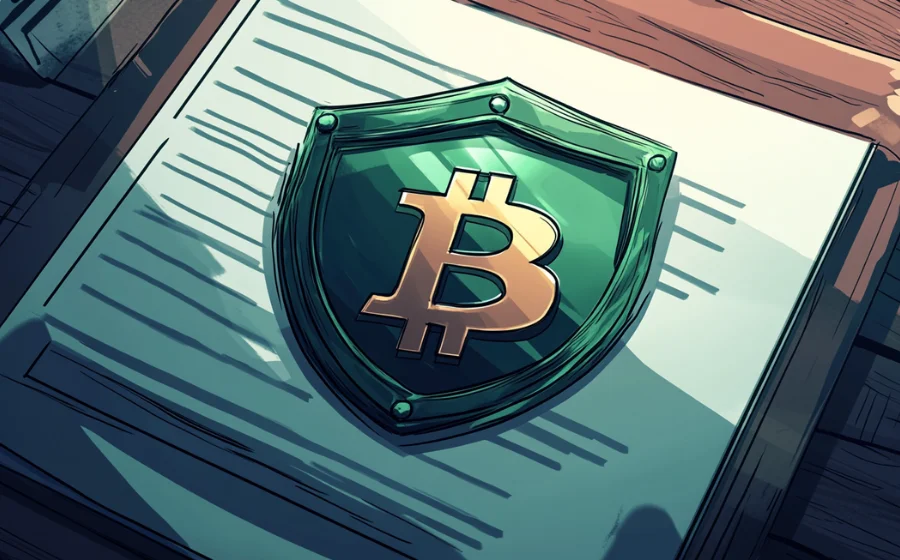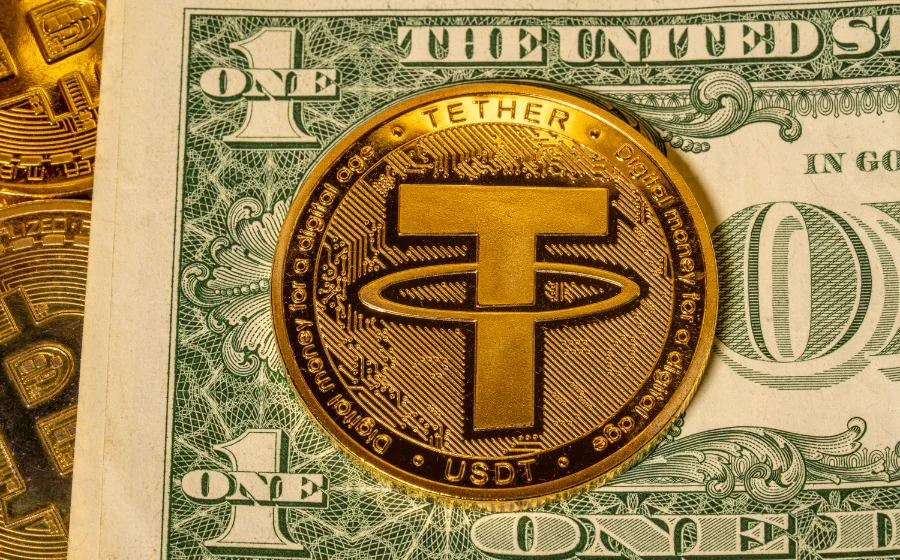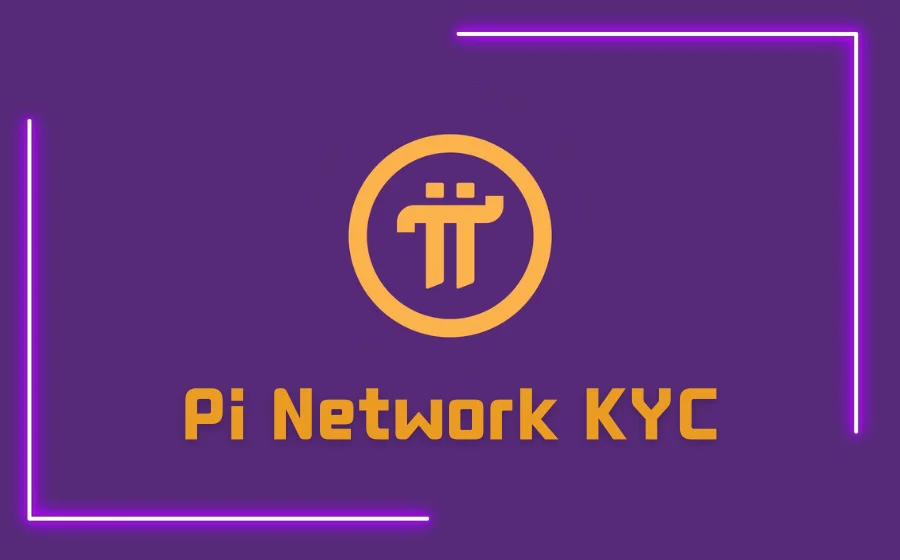
KEYTAKEAWAYS
- DeFi insurance provides decentralized coverage for smart contract failures, hacks, and stablecoin depegging, reducing financial risks in DeFi.
- It eliminates reliance on centralized insurers by using community-driven governance and smart contracts for policy execution and claims processing.
- DeFi insurance fosters confidence and adoption by offering transparent, automated risk management solutions for both individual and institutional investors.

CONTENT
DeFi insurance mitigates risks in DeFi by covering losses from smart contract failures, hacks, and stablecoin depegging. It offers decentralized risk pools, community governance, and transparent claims processing.
WHAT IS DEFI INSURANCE?
The rise of decentralized finance (DeFi) has introduced groundbreaking financial opportunities, but it also comes with inherent risks.
Smart contract security, protocol vulnerabilities, and frequent hacker attacks pose significant threats to assets within the DeFi ecosystem.
It’s not uncommon to hear about protocols suffering massive losses due to technical flaws or malicious exploits.
In response to these challenges, DeFi insurance has emerged as a solution designed to provide risk mitigation for DeFi participants, reducing financial losses caused by protocol failures or external attacks.
Although the DeFi insurance sector is still in its early stages and not yet fully mature, it has already established itself as a crucial component within the blockchain industry.
As the market evolves and technology advances, we can expect more innovative insurance protocols to emerge, while existing solutions continue to improve and offer enhanced protection.
The primary function of DeFi insurance is to leverage smart contracts and decentralized mechanisms to safeguard users against smart contract vulnerabilities, hacking incidents, protocol failures, and even stablecoin depegging risks.
Unlike traditional insurance, DeFi insurance operates on the blockchain, relying on automated contract execution to ensure policy enforcement, making the entire insurance process more transparent, efficient, and independent of centralized third-party entities.
➤ DeFi Insurance vs. Traditional Insurance
✎ Decentralized Risk Pools vs. Centralized Insurance Institutions
Traditional insurance relies on large corporations to manage risk pools, process claims, and determine compensation payouts.
In contrast, DeFi insurance adopts a decentralized model where individual participants contribute to risk pools, which are managed autonomously through smart contracts.
These contracts automate policy execution and payouts, eliminating the need for centralized intermediaries.
✎ Community Governance vs. Corporate Control
In traditional insurance, companies retain ultimate decision-making power over claims, giving them full authority to approve or deny payouts.
However, in DeFi insurance, governance is typically decentralized and community-driven.
Token holders often have voting rights to decide on claim approvals and fund allocations, ensuring greater transparency and fairness in risk management.
>>> More to read: What is DeFi?
HOW DOES DEFI INSURANCE WORK?
Unlike traditional insurance, which relies on centralized institutions, DeFi insurance allows anyone to protect their capital through decentralized liquidity pools.
In exchange, insurance providers earn interest from the premiums paid by policyholders. This interest is generated by the locked capital, creating a direct link between premiums and protocol risks.
Insurance providers allocate their funds to liquidity pools that offer higher returns relative to the risks associated with different protocols.
Essentially, individuals trade on the probability of specific events occurring based on their risk assessment.
If a protocol covered by an insurance pool experiences a negative event, such as a hacking attack, the funds within that pool are used to compensate policyholders who purchased protection for that specific incident.
The ability for anyone to participate and the on-chain transparency of operations are often cited as major advantages of decentralized insurance systems.
As DeFi continues to expand, the demand for solutions that safeguard users’ funds is becoming increasingly critical.
➤ Key Mechanisms of DeFi Insurance
- Insurance Pools Funded by Premiums
In DeFi insurance, users contribute to decentralized insurance pools by paying premiums. These funds act as a collective reserve to cover claims, ensuring that risk is distributed among participants.
- Smart Contract-Based Policies
DeFi insurance policies are managed by smart contracts—self-executing programs on the blockchain.
These contracts automatically enforce policy terms, collect premiums, and process claims, reducing the need for human intervention and minimizing errors.
➤ DeFi Insurance Addresses Key DeFi Vulnerabilities
🔹 Smart Contract Failures – While smart contracts are designed to be secure, they may contain bugs or vulnerabilities that malicious actors can exploit.
DeFi insurance provides coverage against financial losses resulting from contract failures.
🔹 Hacks & Exploits – Since DeFi protocols are lucrative targets for hackers, insurance policies help protect users from losses caused by protocol breaches or security flaws.
🔹 Stablecoin Depegging – Stablecoins play a crucial role in the DeFi ecosystem, as they are pegged to fiat currencies or other assets.
If a stablecoin loses its peg due to market instability or technical failures, DeFi insurance can mitigate users’ exposure to such risks.
➤ Claims Process in DeFi Insurance
The claims process in DeFi insurance is transparent, involving community participation and strict verification measures:
🔹Community Voting on Claims – Unlike traditional insurance, where claims are approved by a centralized entity, DeFi insurance protocols often involve community governance.
Token holders or liquidity providers vote on claim approvals based on submitted evidence.
🔹Verification Through Audits & Proof – To prevent fraudulent claims, users must submit proof, such as transaction logs or audit reports, for review. Smart contracts verify this data to ensure accurate and reliable payouts.
➤ The Role of Smart Contracts in DeFi Insurance
Smart contracts serve as the backbone of DeFi insurance, enabling:
🔹Automation of Policies & Claims – Tasks such as premium collection, policy activation, and claim payouts are fully automated, making the process faster and less prone to human error.
🔹Transparency & Immutability – All transactions and decisions are recorded on the blockchain, ensuring that the system remains tamper-proof and transparent, fostering trust among users.
>>> More to read: What is DeFAI? Defi x AI
HOW DEFI INSURANCE BENEFITS USERS
DeFi insurance offers several advantages that set it apart from traditional insurance solutions, specifically catering to the unique risks of the DeFi ecosystem.
1. Asset Protection in a Highly Volatile Market
One of the biggest advantages of DeFi insurance is its ability to protect users’ assets in a market that is highly volatile and sometimes unpredictable.
🔹 Coverage for Losses Due to Protocol Failures
DeFi protocols rely on complex smart contracts designed to function autonomously.
However, even minor coding errors or security vulnerabilities can lead to devastating losses, especially during malicious attacks or unexpected protocol failures.
DeFi insurance acts as a financial safety net, compensating users for such losses.
By covering protocol failures, it ensures that investors can recover their funds even if a technical mishap occurs, reducing the fear of engaging with new and untested DeFi platforms.
2. Increased Confidence in DeFi Investments
With DeFi insurance, users can participate in DeFi with greater confidence, knowing their investments are shielded from major risks. This assurance encourages broader adoption of decentralized finance.
🔹 Attracting More Investors to the DeFi Space
Not only does DeFi insurance provide peace of mind for individual investors, but it also serves as a crucial risk management tool for institutional investors.
Many institutions remain hesitant to enter DeFi due to its inherent risks. However, with DeFi insurance offering risk mitigation, DeFi becomes a more attractive and secure investment landscape, fostering liquidity and growth.
🔹 Encouraging Users to Explore Emerging DeFi Projects
In traditional finance, early-stage investment opportunities often come with higher risks.
However, with DeFi insurance, investors can purchase coverage to mitigate those risks, allowing them to confidently diversify their portfolios and support innovative projects.
This, in turn, contributes to the overall expansion and maturation of the ecosystem.
3. A New Paradigm in Risk Management
DeFi insurance is more than just a product; it represents a fundamental shift in how risk is managed in the decentralized financial world.
It empowers investors to take control of their financial security without relying on centralized authorities.
🔹 Enabling Users to Customize Their Risk Management Strategy
Rather than a one-size-fits-all approach, DeFi insurance provides users with a range of options.
Investors can assess their individual risk exposure, choose reliable insurance providers, and integrate DeFi insurance into their investment strategy to enhance asset protection.
Whether securing coverage for a single protocol or diversifying across multiple platforms, DeFi insurance allows users to confidently navigate this rapidly evolving financial landscape.
>>> More to read: Understand DeFi, DeFAI, DePin, and DeSci in This Article


















